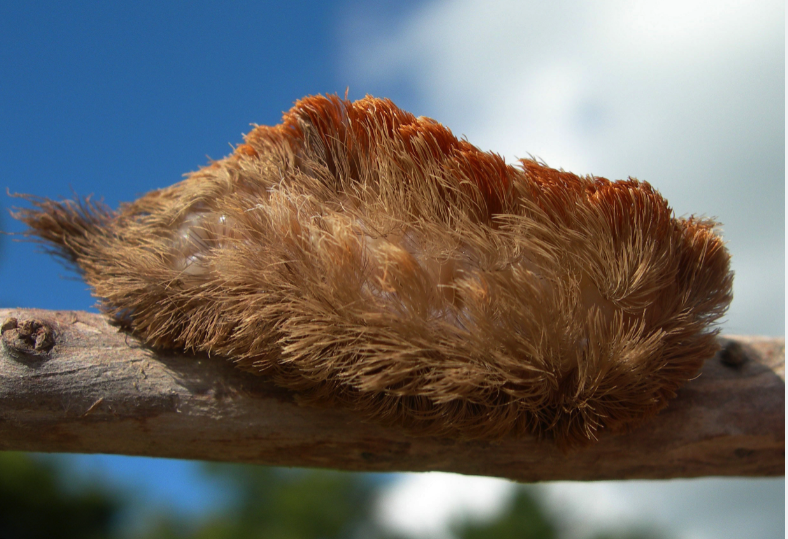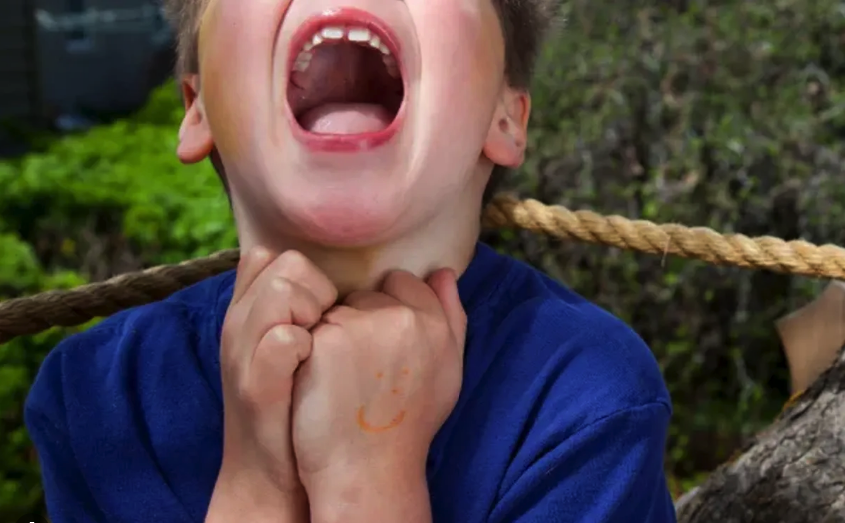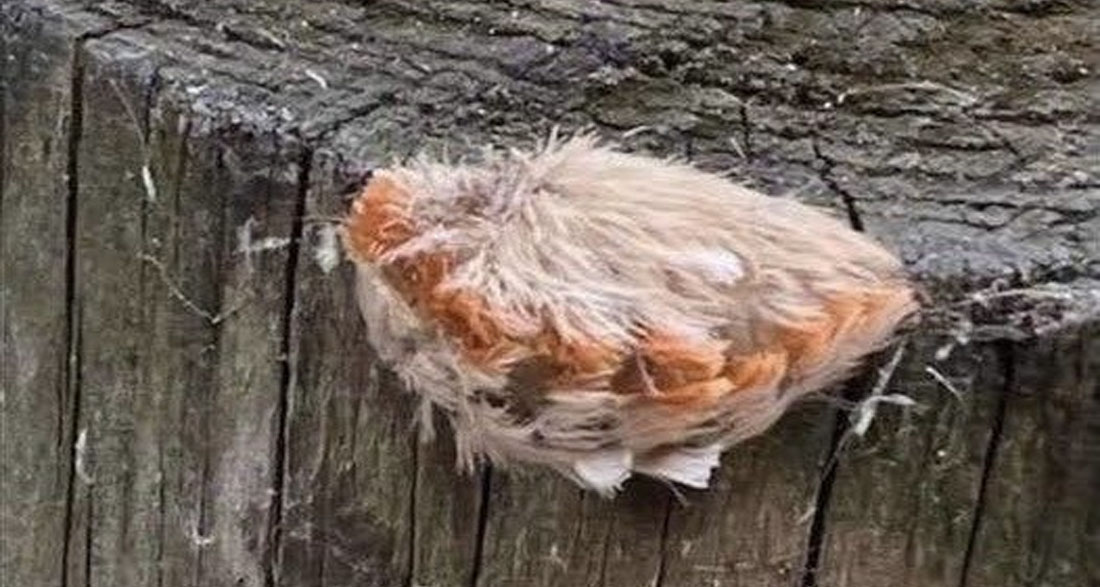Over thousands of years, humans have developed instincts to avoid dangerous creatures. While most animals pose no significant threat to humans, it’s always wise to stay alert when exploring the outdoors. This cautionary tale shows why.
It was an ordinary day for Leslie Howe, a mother from Georgia. She had taken her three kids—her infant and two young children—to a local park in Gwinnett County. The sun was shining, and the kids were happily playing. But then, something unusual caught her eye near the playground.
There, on the ground, was a peculiar, fuzzy, ball-shaped creature. At first glance, it seemed harmless, almost like a tiny tuft of fur. But Leslie’s instincts screamed otherwise. “Something about it didn’t feel right,” she later recalled.

Trusting her gut, she kept her children away from the odd little creature. As it turns out, that decision might have saved them from a world of pain.
The mysterious fur ball wasn’t just any ordinary insect—it was a puss caterpillar, scientifically known as Megalopyge opercularis. This seemingly innocent creature is covered in soft, velvety hair, giving it an appearance reminiscent of a kitten’s fur.
But beneath that furry exterior lies a hidden danger: venomous bristles capable of delivering a sting far more painful than that of a wasp.
When Leslie encountered the caterpillar in 2014, she didn’t know what it was. Her encounter would later become a cautionary tale shared widely online, warning parents about this deceptive little creature. “It feels worse than a wasp sting,” Leslie shared after learning about the caterpillar’s sting.
The puss caterpillar is small, growing to just about an inch long, but its sting is no small matter. Found across much of the United States, it thrives on foliage in states ranging from New Jersey to Florida and as far west as Texas. According to experts, the caterpillar’s sting can cause immediate and severe pain, often described as burning or even bone-deep discomfort.

“If it sticks to you, it’s not just the sting that hurts—it’s how it gets worse over time,” said entomologist Don Hall in an interview with National Geographic. Victims of its sting have reported pain radiating from the sting site to their shoulders, lasting up to twelve hours.
Eric Day, the manager of Virginia Tech’s Insect ID Lab, experienced the sting firsthand while mowing his lawn at his rural Virginia home. “I didn’t even see it at first,” Eric explained. “But the pain hit fast. The blister and irritation lasted weeks, though the burning sensation subsided after a day.”
If you ever get stung by a puss caterpillar, immediate action is crucial. The venomous hairs can embed themselves in your skin, causing prolonged pain and irritation. Experts recommend removing the hairs carefully using tape, then washing the area with soap and water.
The National Capital Poison Center advises applying hydrocortisone cream or baking soda paste to reduce itching. In severe cases or if symptoms worsen, seeking medical attention is essential.
While puss caterpillar stings rarely result in death, they can lead to dangerous allergic reactions, such as anaphylaxis, which can be life-threatening. This is why Leslie’s quick thinking was so important. Her story serves as a reminder to stay vigilant, especially when children are involved.
This strange and fascinating creature may look harmless, but it’s a powerful example of how appearances can be deceiving. Have you ever encountered a creature like the puss caterpillar? Let us know in the comments below!






